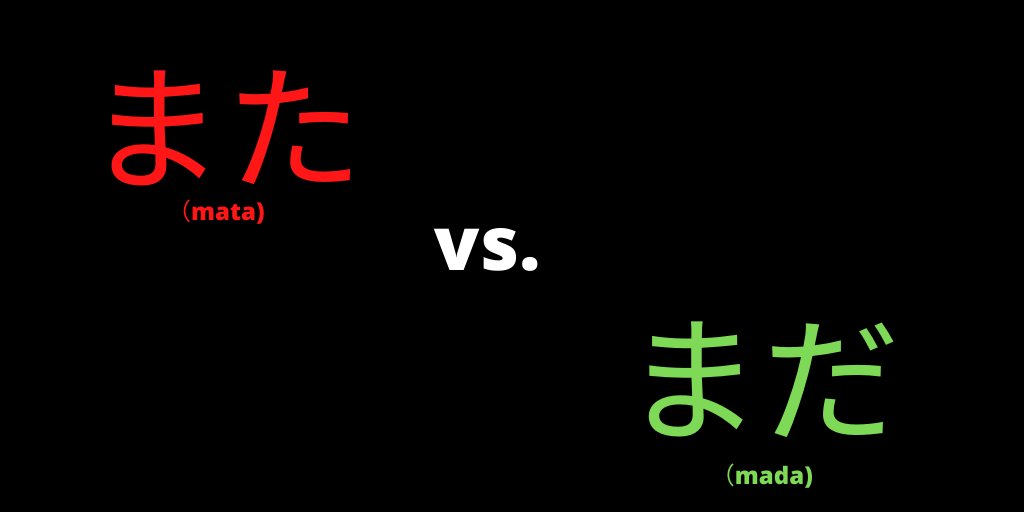“Mata” in Japanese translates to “again” or “also.” This seemingly simple word holds a deeper cultural significance that reflects the essence of Japanese communication. Understanding the multifaceted meanings of “mata” can provide insight into the nuances of the Japanese language and mindset. Join us as we delve into the intricacies of what does “mata” mean in Japanese and unravel its rich layers of interpretation. Let’s embark on a journey of linguistic discovery together.
Exploring the Meaning of “Mata” in Japanese
Imagine stepping into the vibrant world of Japan, where the language is melodic and the culture is rich with tradition. In this enchanting land, every word holds a depth of meaning, revealing a glimpse into the heart of the Japanese people. One such word that encapsulates the essence of Japanese communication is “mata.” But what does “mata” really mean in Japanese? Join me on a linguistic journey as we uncover the various facets of this intriguing term.
The Basics of “Mata”
At its core, “mata” is a versatile word in the Japanese language that can convey a range of meanings depending on the context in which it is used. The most common translation of “mata” into English is “again” or “also.” This simple word holds a world of possibilities, allowing speakers to express concepts of repetition, addition, or even similarity in a concise manner.
In everyday conversations, you might hear “mata” being used in various scenarios, such as:
1. Meeting a Friend
Imagine running into a friend on the bustling streets of Tokyo. You greet them with a warm smile and exclaim, “Mata aimashou ne!” This phrase translates to “Let’s meet again!” showcasing the idea of future meetings and the joy of reuniting.
2. Ordering at a Restaurant
When dining at a traditional Japanese restaurant, you might want to order a familiar dish. You could say, “Mata, sushi o kudasai,” requesting more sushi to be added to your meal. In this context, “mata” signifies adding something to your existing order.
3. Expressing Agreement
During a lively conversation with a local, you might nod in agreement and say, “Soudesu ne, mata, sou desu.” Here, “mata” is used to reinforce agreement or emphasize a point, similar to saying “indeed” in English.
The Cultural Significance of “Mata”
In Japanese culture, words like “mata” carry not just linguistic but also cultural significance. The concept of harmony and respect is deeply ingrained in Japanese society, influencing the way language is used in interactions. “Mata” reflects this emphasis on maintaining social relationships and showing consideration for others.
One unique aspect of “mata” is its ability to convey politeness and humility. By using “mata” in conversations, people demonstrate a sense of respect towards others and a willingness to engage in continued communication. This subtle nuance plays a crucial role in fostering meaningful connections and fostering a harmonious social environment.
The Art of Nuance in Japanese Communication
Japanese is a language rich in nuance, where the choice of words can drastically alter the meaning of a sentence. Understanding the intricacies of words like “mata” is essential for effective communication in Japanese society. By mastering the nuances of these terms, language learners can navigate social interactions with finesse and cultural sensitivity.
In Japanese, the context in which a word is used often dictates its interpretation. For instance, the word “mata” can also mean “eye” when written with a different kanji character. This dual meaning illustrates the complexity and depth of the Japanese language, where a single word can embody multiple concepts depending on the context.
Embracing the Beauty of Japanese Language
As we delve deeper into the world of “mata” and its multifaceted meanings, we gain a deeper appreciation for the beauty of the Japanese language. Each word serves as a brushstroke in the masterpiece of communication, painting a vivid picture of Japanese culture and values.
Whether you are a language enthusiast, a traveler exploring Japan, or simply curious about different cultures, “mata” offers a gateway into the captivating world of Japanese language and expression. By immersing ourselves in the nuances of words like “mata,” we embark on a journey of discovery, uncovering the intricacies of human connection and the power of language to bridge cultural divides.
What Does Mata Mean? – Japan Past and Present
Frequently Asked Questions
What is the meaning of ‘mata’ in Japanese?
In Japanese, “mata” is a versatile word that is commonly used to express the idea of “again” or “also.” It can be used in various contexts to indicate repetition, a return to a previous state, or addition.
How is ‘mata’ used in everyday conversations?
‘Mata’ is often used in casual conversations when making plans to meet someone again, expressing the desire to see or do something once more, or to add something to what has already been said or done.
Can ‘mata’ be used to indicate a future action in Japanese?
Yes, ‘mata’ can also convey the intention to do something in the future. When used in this context, it implies that an action or event will happen again or once more at a later time.
Final Thoughts
In conclusion, “mata” in Japanese means “again” or “also.” This word is commonly used in everyday conversations and written communication. Understanding the multiple meanings and contexts of “mata” can enhance language proficiency and cultural understanding. Next time you come across the word “mata” in Japanese, remember its versatile uses and how it adds depth to communication. So, whenever you encounter “mata” in Japanese, you can confidently grasp its nuanced meaning and use it appropriately in your conversations.

